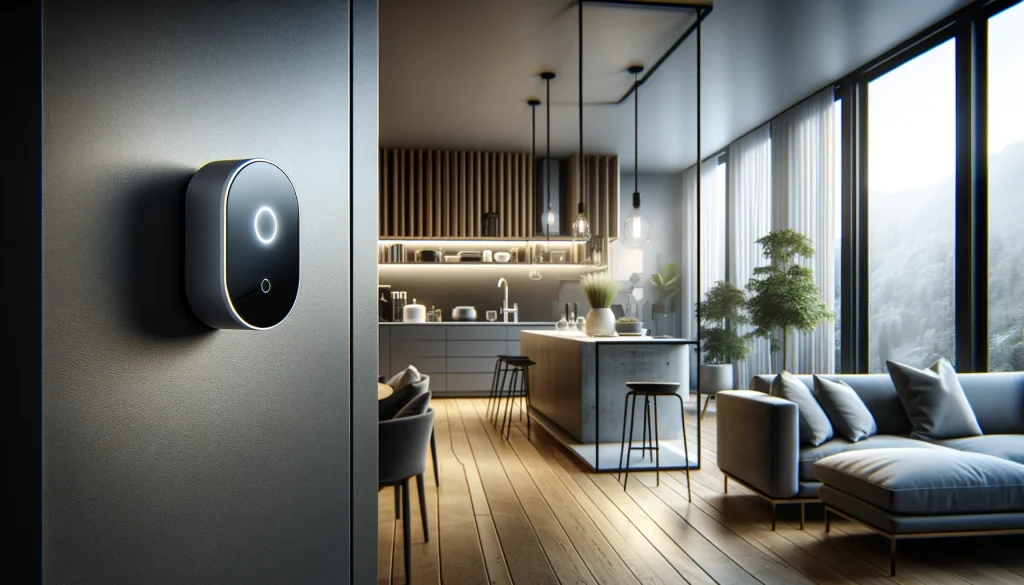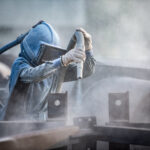In a world teeming with innovation and design, the quest for sustainability and safety in technology takes center stage. The spotlight often misses the unsung heroes of modern design – the intricate, life-saving devices woven seamlessly into the fabric of our daily lives. Among these, a particular device stands out, not just for its functionality but for its integration into the aesthetic and practical landscape of design: the hydrogen sensor. This blog post ventures into the heart of design where form meets function, exploring the pivotal role of this device in shaping a safer, more sustainable future.
Harmonizing Design and Safety: The Silent Guardians
Where technology and design intersect, the quest for innovative solutions that enhance safety and sustainability becomes paramount. As we navigate through the complexities of modern living, the integration of unobtrusive yet essential devices, such as hydrogen sensors, into the fabric of our daily environments highlights a pivotal shift. This evolution in design philosophy not only champions functionality but also weaves safety seamlessly into the aesthetic landscape, ensuring that the most advanced solutions are as elegant as they are effective.
The Core of Innovation: Hydrogen Sensor Unveiled
At the core of this narrative lies the hydrogen sensor, a device that epitomizes the confluence of safety and design. It operates on a simple yet profound principle: detecting hydrogen gas levels to prevent potential hazards. What sets it apart is not just its life-saving functionality but how it integrates into various designs without compromising aesthetics. Designers and engineers collaborate, ensuring that these sensors blend into environments as diverse as automotive interiors, energy plants, and smart homes. This synergy between design and technology not only elevates safety standards but also enriches the user experience. Making safety measures an integral, almost invisible part of our surroundings.
Beyond Functionality: Design Meets Sustainability
The narrative extends beyond mere functionality, delving into the realms of sustainability and eco-conscious design. In an era where the environmental impact of technology is scrutinized, the hydrogen sensor represents a beacon of hope. It’s not just about detecting gas; it’s about fostering environments where sustainable energy sources like hydrogen can thrive. Designers are tasked with a critical challenge: incorporating these sensors into products and spaces in a way that champions sustainability. The result is a harmonious blend of form, function, and environmental stewardship. Creating a blueprint for future designs that are as sustainable as they are aesthetically pleasing.
A Vision for the Future: The Role of Design in Safety
As we gaze into the future, the role of design in integrating safety measures like hydrogen sensors becomes increasingly paramount. It’s about envisioning a world where safety devices are not afterthoughts but foundational elements of design. This vision challenges designers to rethink their approach, embedding safety into the DNA of their creations. The hydrogen sensor, in this context, becomes more than a device; it’s a symbol of a design philosophy that prioritizes safety, sustainability, and aesthetics in equal measure. This approach not only ensures a safer world but also elevates the role of design in our lives, making it a critical component of innovation and progress.
Embracing the Invisible
In the grand tapestry of modern design, the hydrogen sensor emerges as a subtle yet powerful testament to the potential of design to influence safety and sustainability. It reminds us that the most impactful designs are often those that go unnoticed, seamlessly integrated into the fabric of our daily lives. As we continue to navigate the challenges of the 21st century. The fusion of design and technology exemplified by the hydrogen sensor offers a roadmap for a future where safety and aesthetics are inextricably linked. It’s a call to action for designers, engineers. And innovators alike to embrace the invisible, to weave safety and sustainability into the very essence of their creations. To shape a world where design transcends aesthetics to become a catalyst for change.
Photo Credit:
DALL-E – Content generated with AI



